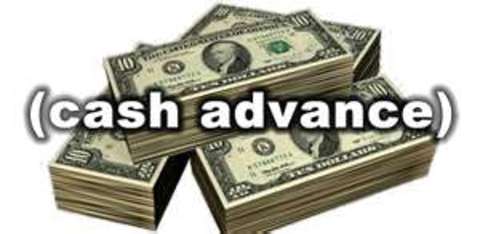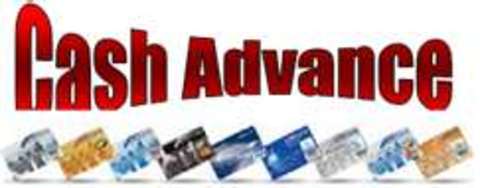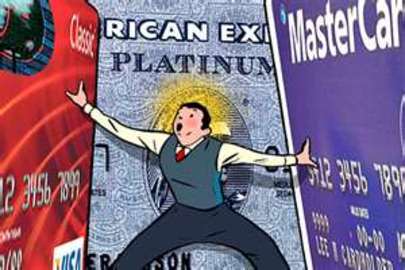Introduction

When temporary financial setbacks or one-time expenses pop up, people do not always have the funds to meet basic needs or cover emergencies. To meet these needs people may use credit cards, borrow money or apply for a loan. One type of loan individuals can take out is called credit card cash advances. Banks make it exceptionally easy to obtain cash loans on the credit cards they issue. While credit card cash advances may be a quick and convenient way to obtain ready cash, there are high costs associated with credit card cash advances. Unless cash is required for the intended expense, these credit card cash advances should be limited to emergency situations only. Credit card cash advances are marketed to people who are having trouble meeting short-term financial needs. These people need help getting enough money to make it until payday. Credit-card companies assist these people in securing the credit card cash advances needed to provide for basic needs or pay emergency expenses.
Methods of Obtaining Credit Card Cash Advances

Obtaining credit card cash advances is similar to using a debit card. The cardholder travels to the nearest ATM, enters a few numbers and immediately receives the requested amount in money. The difference is that debit cards withdraw the funds from the borrower's own checking account. Credit card cash advances are drawn from the customer's line of credit and must be repaid with interest. Along with the customer's monthly credit card statement, banks often provide a few blank checks, which they encourage the recipient to use for convenience. If and when they are cashed, these checks are actually cash advances made on the customer's credit card.
To get a cash advance loan for yourself, take a current pay stub to the cash advance loan company. The loan company may require the pay stub as proof of employment so the lender knows you have a job. Then the lender can reasonably assume you have the means to pay the cash advance loan back. You ask the cash advance company for the amount of money needed. If it approves the amount, you requested, the company gives you the money. The amount of money you borrowed plus interest is due to the cash advance company the very next time you are paid. To ensure the cash advance company gets the money back, it will require you to write a check to them for the date you get paid. You are required to pay back the loan in person, but if you do not, the loan company will cash the check to get the money to repay the loan.
The Downside of Cash Advances

The interest rate charged for cash advances is several points higher than that for purchasing goods and services with a credit card. In addition to the interest rate, a fee is also charged. These fees average $10 to $20 per transaction. If the money is withdrawn from a bank other than the one issuing the credit card, that institution will also charge a fee for the convenience that they provide. Unlike the purchase of goods and services, which have a grace period, interest on cash advances, is charged from the moment of the transaction. Making monthly payments rather than paying off the card balance when each statement is received poses an additional problem. Some banks require that the balance for items purchased be paid before applying any of the payments made on a cash advance balance. Since the cash advance carries a significantly higher interest rate, the borrower making payments is charged even more for the credit card cash advance.
When a Cash Advance Makes Sense
Some businesses accept only cash. Should an emergency occur where cash is required, an advance might be a good idea. If it is paid off when the monthly credit statement is received, borrowing costs can be kept to a minimum.